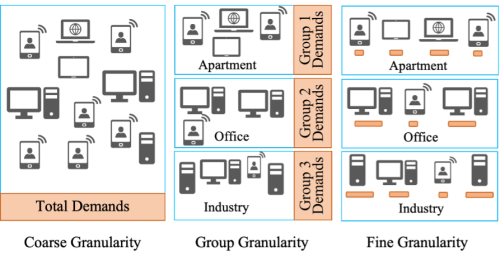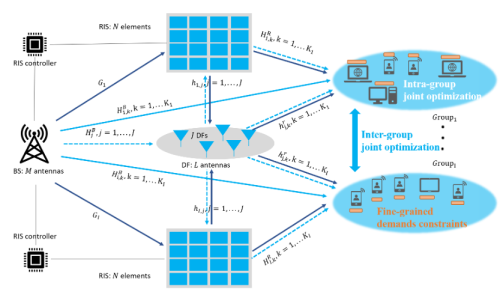What specific challenge is your research trying to solve, and why does it matter now?
Our research addresses the challenge of ensuring fair and efficient wireless connectivity in the era of 5G/6G. Today, different users—whether in factories, homes, or vehicles—have very different data demands: some need ultra-reliable low-latency connections, while others require high throughput for video or gaming. Current network optimization often prioritizes total system speed, which leaves some users consistently underserved. This matters now because digital inequality in connectivity directly affects safety, productivity, and inclusiveness in smart cities and industry.

How does your project contribute to the overall goals of CHEDDAR (or your hub)?
CHEDDAR is about creating sustainable, AI-native networks. Our project contributes by developing AI-based optimization tools that balance efficiency with fairness. In real networks, users are not evenly spread out, but often clustered in specific geographic regions such as office buildings, factories, or residential blocks. Within each cluster, users still have fine-grained and heterogeneous rate demands—some devices require a minimum guaranteed data rate while others may tolerate lower service. This creates a dual challenge of intra-group cooperation (sharing resources fairly inside a cluster) and inter-group competition (clusters competing with one another). By modeling this structure with graph neural networks and optimizing RIS, relay, and beamforming jointly, our work shows how AI can manage geographically clustered and heterogeneous user demands. This aligns with CHEDDAR’s mission to build AI-driven, sustainable, and inclusive digital infrastructure.

Can you walk us through a recent breakthrough or discovery and what it means for your field?
Recently, we proposed a two-phase GNN framework that jointly optimizes base station beamforming, RIS configurations, and relay selection. Unlike prior methods, our approach considers both inter-group competition and intra-group cooperation, while also meeting each user’s fine-grained rate demands. The breakthrough is that the model not only maximizes the overall system throughput but also guarantees service quality for every single user. This means future networks can be both high-capacity and fair, which is crucial for applications like industrial IoT where neglecting one device could cause failures.
What’s something the public might misunderstand about your area of research?
Many people think that wireless research is only about making the internet faster. In reality, our work is less about raw speed and more about fair and intelligent allocation of resources. For example, in a 6G network, different users can be clustered in certain locations and each has different minimum rate requirements. Without careful design, some users may consistently receive poor service even if the average speed looks high. Our research shows that technologies like reconfigurable intelligent surfaces and AI-based optimization are about reshaping the wireless environment and balancing demands fairly across users, not just pushing for ever higher peak rates.
How do you measure impact or success in your work?
Technical performance:
In our recent study, the proposed GNN framework (JOFD-TG) achieved the highest system throughput, improving the sum rate by about 10–15% compared with group-level optimization (JOCD-TG), and by over 30% compared with PSO-based methods. At the same time, JOFD-TG increased the satisfaction rate of fine-grained user demands to nearly 100%, while the best baseline methods (JOCD-TG or DNN) stayed below 90–95%, and PSO-based approaches often dropped below 80%. This demonstrates that our framework clearly outperforms existing solutions in both efficiency and fairness.
Scientific contribution:
Publishing in leading journals such as IEEE Transactions on Wireless Communications shows that our approach is recognized by the research community and helps push the boundaries of current knowledge.
Broader impact:
Ultimately, we aim to build network technologies that can adaptively support diverse and unevenly distributed users in a fair and sustainable way. If our models can help 5G/6G networks deliver inclusive services across industries and communities, then we know the research is making a real difference.








